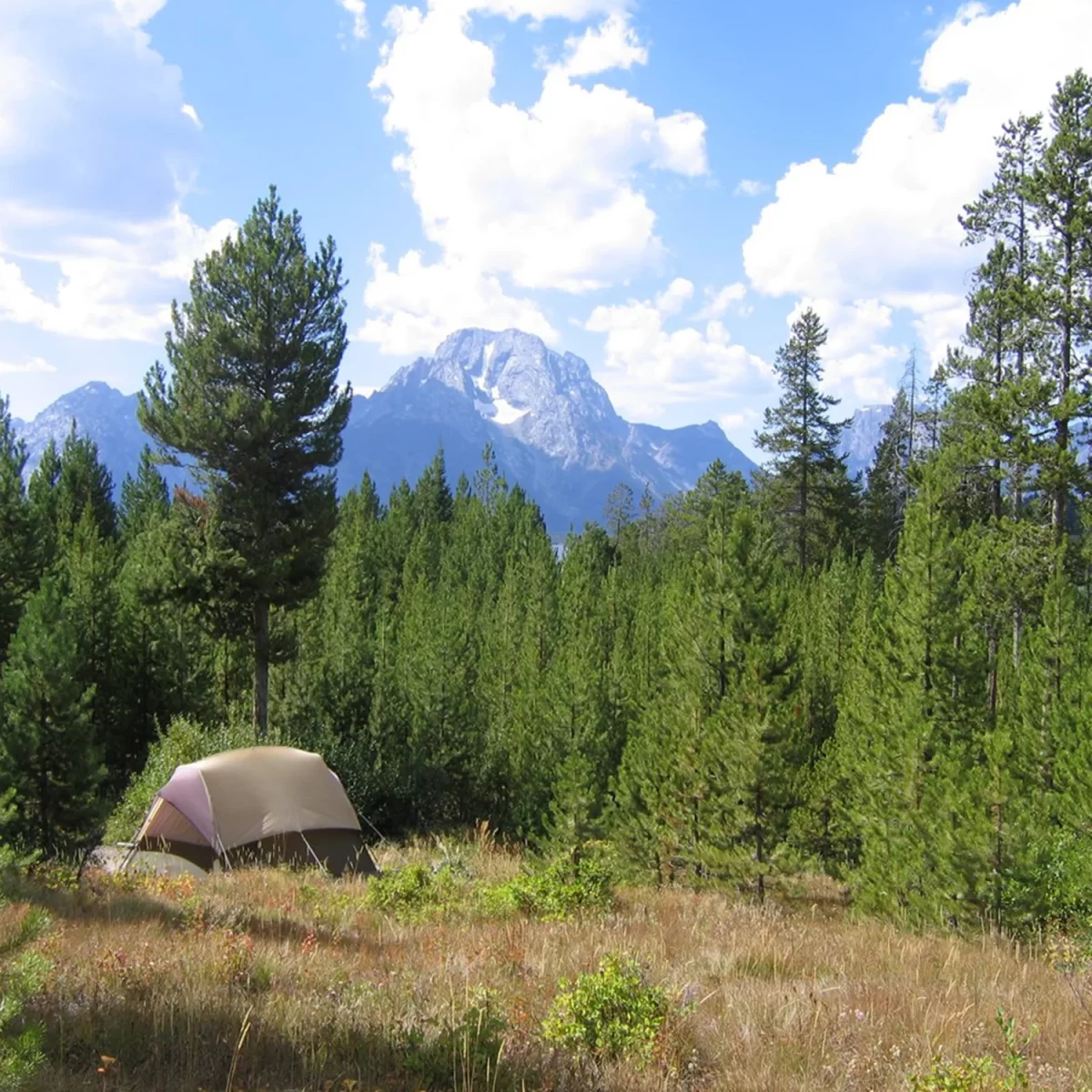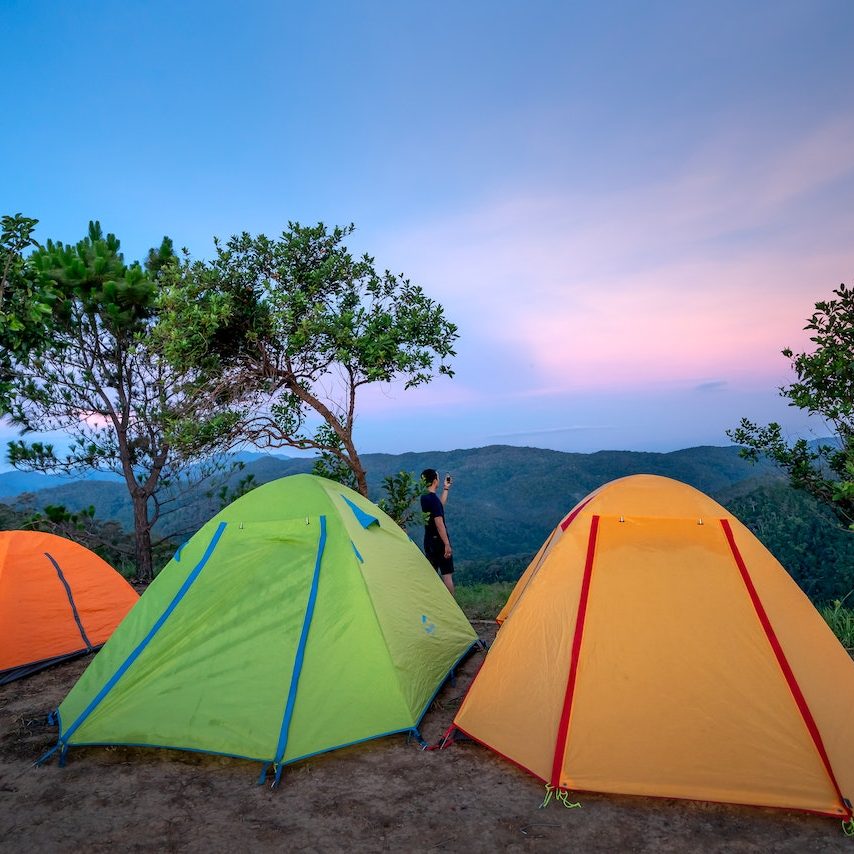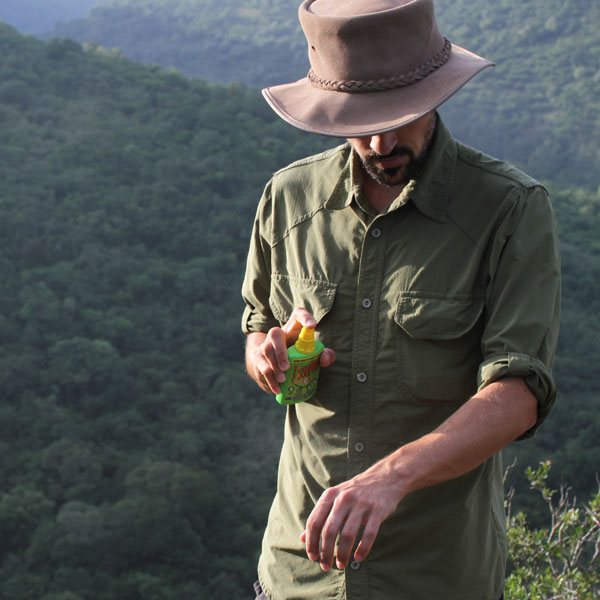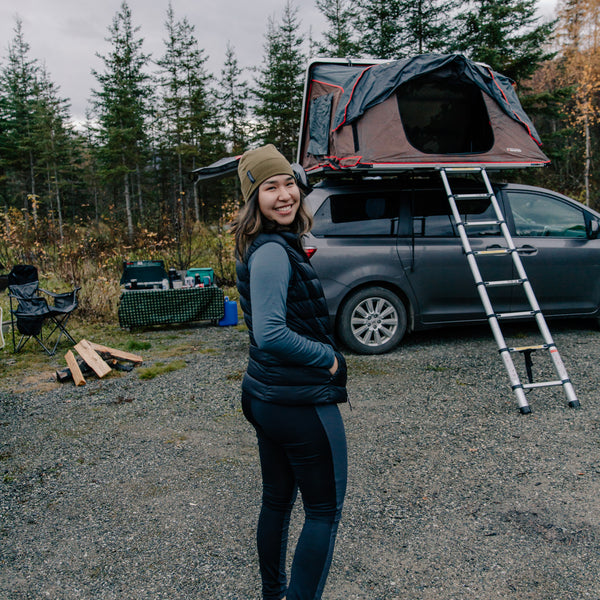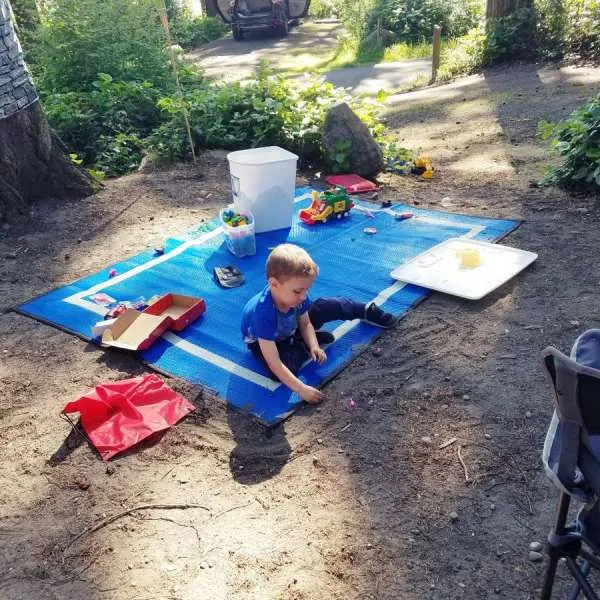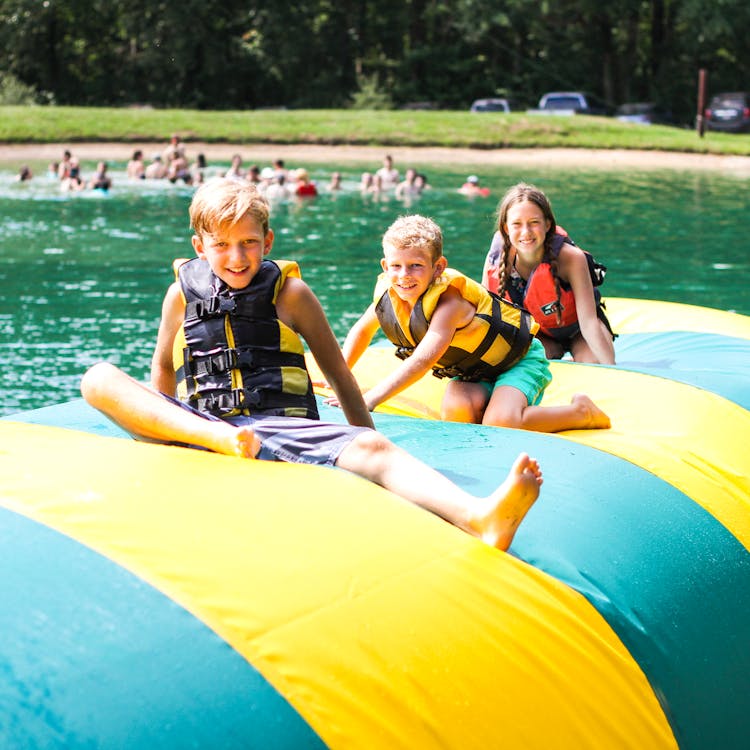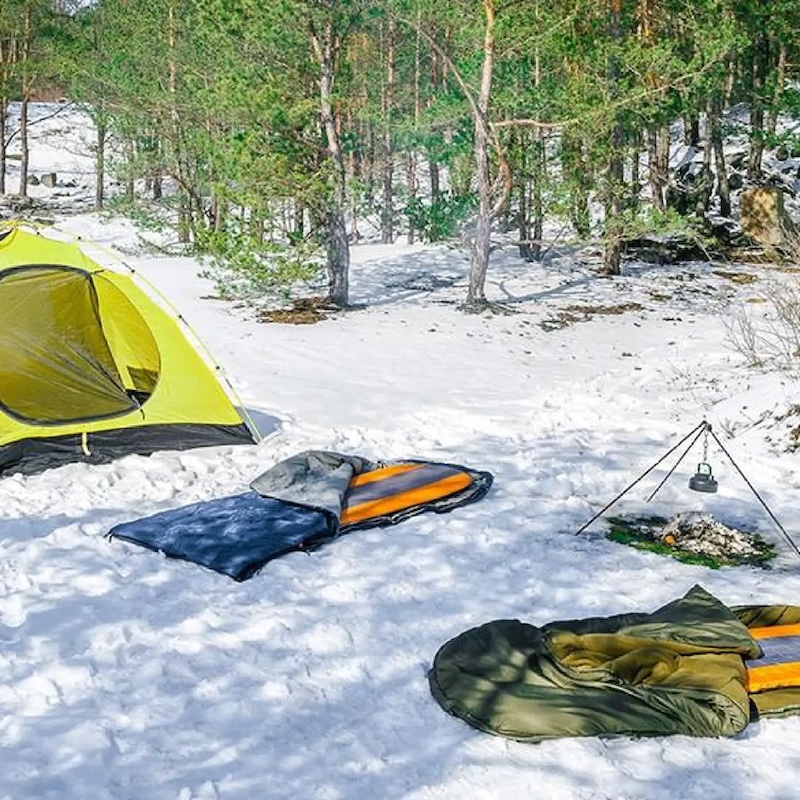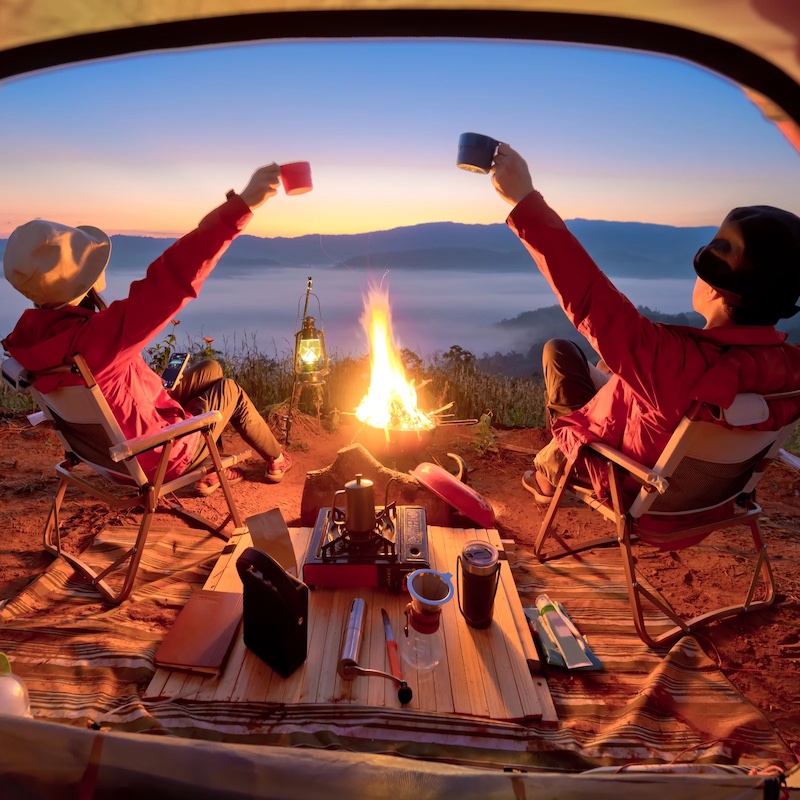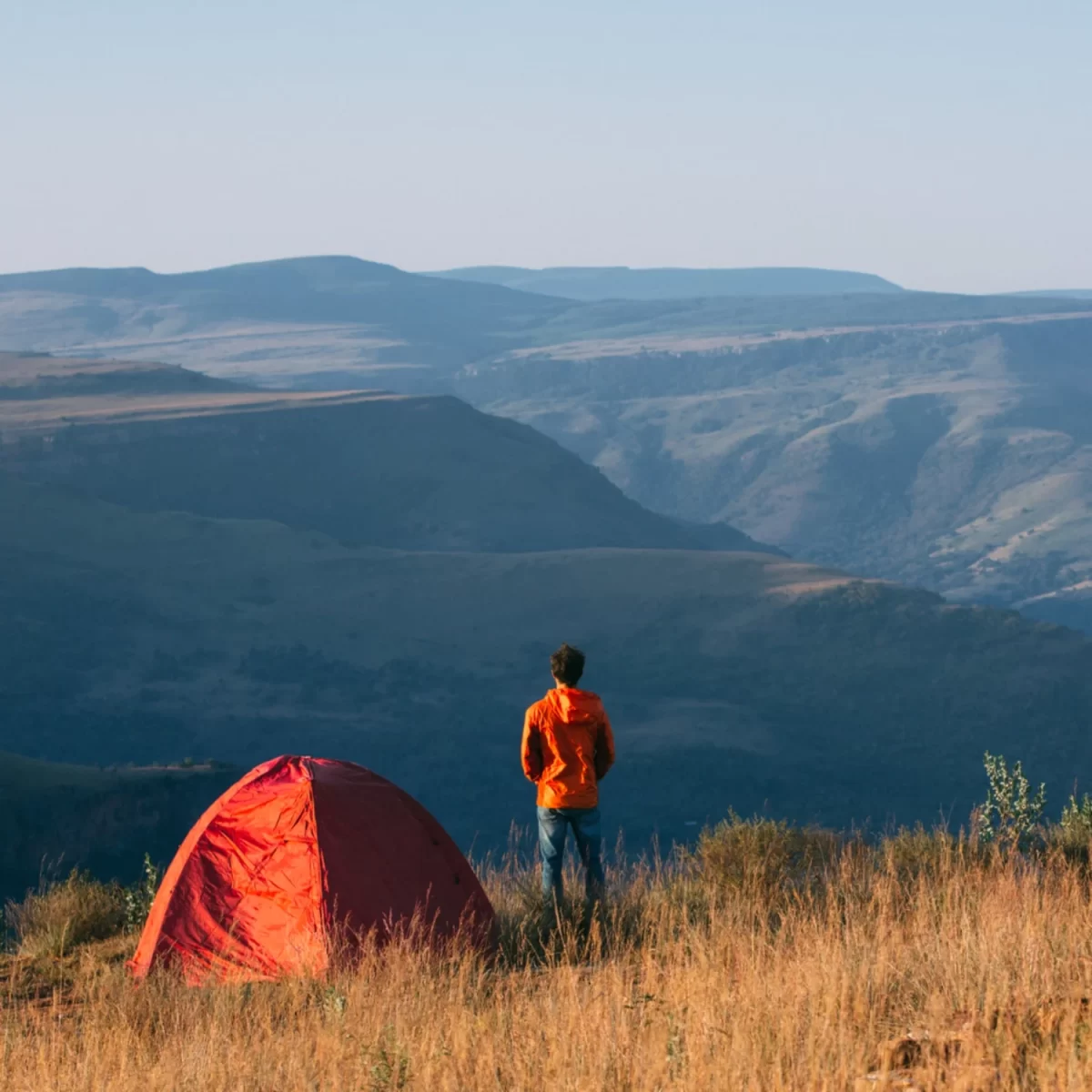Introduction
Car camping offers a delightful blend of outdoor adventure and comfort, allowing you to explore nature while enjoying the convenience of driving your vehicle to the campsite. One of the most crucial pieces of equipment for car camping is the tent. A well-chosen tent can make or break your camping experience, ensuring that you stay dry, warm, and comfortable regardless of the weather. This comprehensive guide will walk you through everything you need to know about car camping tents, from selecting the right type and size to setting up and maintaining your shelter. Whether you’re a seasoned camper or a novice looking to get started, this article will provide you with all the information you need to choose the perfect car camping tent.
Understanding Car Camping Tents
What Makes a Tent Ideal for Car Camping?
When it comes to car camping, the tent you choose should be designed to offer maximum comfort and ease of use. Unlike backpacking tents, which are built for portability and minimal weight, car camping tents prioritize spaciousness, durability, and features that enhance your overall camping experience. Here’s what you should look for in an ideal car camping tent:
Spaciousness
One of the biggest advantages of car camping is the ability to bring a larger, more spacious tent. Look for tents that offer ample headroom and floor space. A roomy tent allows you to stand up inside, store gear easily, and even move around comfortably. For families or groups, consider multi-room tents or those with vestibules for extra storage.
Durability
Since car camping tents don’t need to be carried long distances, they can be made from heavier, more durable materials. Look for tents constructed from robust fabrics like polyester or nylon, with waterproof coatings and reinforced seams. These materials will ensure that your tent withstands harsh weather conditions and lasts for many camping trips.
Ease of Setup
Car camping tents often come with quick and easy setup features, such as pre-attached poles, color-coded clips, and hubbed pole systems. Some models even offer instant setup designs, where the tent pops up automatically. These features can save you time and effort, especially when you’re tired after a long drive or when the weather turns unexpectedly.
Ventilation and Weather Protection
Good ventilation is essential for preventing condensation buildup inside the tent. Look for tents with mesh panels, vents, and rainfly options that allow airflow while keeping out rain and wind. Additionally, ensure that the tent has a reliable waterproof rating (measured in millimeters) to protect against heavy downpours.
Additional Features
Many car camping tents come with extra features that enhance comfort and functionality. These may include:
- Built-in lighting: LED lights or lantern hooks for illumination.
- Multiple doors: For easier access and better ventilation.
- Storage pockets: To keep essentials within reach.
- Footprint or groundsheet: To protect the tent floor from wear and tear.
Types of Car Camping Tents
Exploring Different Tent Styles
Not all car camping tents are created equal. Depending on your needs and preferences, you’ll find various types of tents designed for different camping scenarios. Let’s take a closer look at the most common styles of car camping tents:
Dome Tents
Dome tents are among the most popular choices for car camping due to their stability and ease of setup. They feature a symmetrical shape with arched poles that create a sturdy structure. Dome tents are typically freestanding, meaning they can stand on their own without being staked down. This makes them versatile for both windy and calm environments. They also offer good headroom and are available in a range of sizes to accommodate solo travelers, couples, or larger groups.
Cabin Tents
Cabin tents resemble mini-houses and are perfect for those who want a home-away-from-home feel during their camping trip. These tents have vertical walls that maximize interior space, providing plenty of room to stand up, move around, and store gear. Cabin tents are particularly useful for families or groups, as they often come with multiple rooms or compartments. However, they tend to be bulkier and less portable than dome tents, making them best suited for car camping where transportation isn’t a concern.
Tunnel Tents
Tunnel tents are characterized by their elongated, arched shape, which provides excellent stability in windy conditions. They usually have two or more poles running parallel to each other, creating a spacious interior with high ceilings. Tunnel tents are ideal for longer camping trips or basecamp setups, as they offer generous living space and can accommodate multiple people comfortably. While they may require more effort to set up compared to dome tents, their durability and weather resistance make them a great choice for challenging environments.
Pop-Up Tents
Pop-up tents are a game-changer for car campers who value speed and convenience. As the name suggests, these tents pop up instantly, requiring minimal setup time. They are lightweight, compact, and easy to store, making them perfect for spontaneous camping trips. Pop-up tents are generally smaller in size but offer enough space for one or two people. They are not as durable as traditional tents, so they may not be suitable for extreme weather conditions, but they excel in providing quick shelter and ease of use.
Hybrid Tents
Hybrid tents combine elements of different tent styles to offer the best of both worlds. For example, a hybrid dome-cabin tent might have the stability and ease of setup of a dome tent, with the added vertical walls and spacious interior of a cabin tent. These tents are designed to meet specific camping needs, offering a balance between portability, comfort, and performance. If you’re looking for a versatile tent that can adapt to various camping situations, a hybrid model might be worth considering.
Selecting the Right Size
Finding the Perfect Fit for Your Group
Choosing the right size tent is crucial for ensuring a comfortable and enjoyable camping experience. A tent that’s too small can feel cramped and uncomfortable, while one that’s too large may be unnecessary and cumbersome. Here’s how to determine the ideal size for your car camping needs:
Consider the Number of Campers
The first step in selecting the right size tent is to determine how many people will be using it. Most tents are labeled with a capacity rating, such as “2-person” or “4-person.” However, these ratings can be misleading, as they often assume minimal space for each person. For a more comfortable experience, it’s recommended to opt for a tent that accommodates one or two more people than your group size. For example, if you’re camping with three people, consider a 4- or 5-person tent.
Account for Gear Storage
In addition to accommodating your group, the tent should also have enough space for storing gear. Many car campers bring along sleeping bags, pillows, clothing, cooking equipment, and other essentials. Look for tents with vestibules or additional storage areas where you can keep your belongings organized and protected from the elements. Some tents even come with internal pockets or shelves for convenient storage.
Think About Comfort and Movement
While it’s tempting to go for the smallest tent that fits your group to save space and weight, remember that a little extra room goes a long way in enhancing comfort. A larger tent allows you to sit up, stretch out, and move around without bumping into each other or the walls. It also provides better airflow, reducing the risk of condensation and improving air quality inside the tent. If you plan to spend a lot of time in the tent, especially during inclement weather, prioritize comfort over minimalism.
Consider Future Use
If you’re investing in a car camping tent, think about its potential future uses. Will you be camping with friends or family members who might join you on future trips? Are there any activities or hobbies that could benefit from a larger tent, such as playing games or reading inside? Choosing a tent that can grow with your camping habits ensures that you won’t outgrow it quickly and can enjoy it for years to come.
Setting Up and Maintaining Your Tent
Tips for Successful Setup and Long-Term Care
Once you’ve chosen the perfect car camping tent, it’s important to know how to set it up properly and maintain it for long-term use. Proper setup and maintenance not only ensure a comfortable camping experience but also extend the lifespan of your tent. Here are some tips to help you get the most out of your car camping tent:
Preparing the Site
Before setting up your tent, choose a flat, dry area away from hazards like rocks, roots, or low-hanging branches. Clear any debris from the ground to prevent damage to the tent floor. If possible, pitch your tent on a surface that provides natural drainage, such as slightly elevated ground, to avoid water pooling underneath. Lay down a footprint or tarp to protect the tent floor from moisture and abrasion.
Following the Instructions
Each tent comes with its own setup instructions, so it’s essential to familiarize yourself with the process before heading out. Practice setting up the tent at home to identify any challenges or questions you may have. Follow the manufacturer’s guidelines carefully, paying attention to details like pole placement, stake angles, and rainfly attachment. If you’re camping with others, divide tasks to make the setup process more efficient.
Securing the Tent
To ensure your tent stays in place during windy conditions, secure it with stakes and guy lines. Drive stakes firmly into the ground at a 45-degree angle, pulling the guylines taut to stabilize the structure. In sandy or rocky terrain, use specialized stakes or sand anchors for better grip. Double-check that all zippers, vents, and windows are properly closed to prevent water ingress during rainstorms.
Proper Maintenance
After each camping trip, clean and dry your tent thoroughly to remove dirt, sand, and moisture. Store it in a cool, dry place, preferably in a breathable mesh bag rather than the stuff sack it came in. Periodically inspect the tent for signs of wear, such as frayed seams or damaged poles, and address any issues promptly. Apply waterproofing treatments as needed to maintain the tent’s performance.
Popular Brands and Models
Top Choices for Car Camping Tents
With so many tent brands and models available on the market, choosing the right one can be overwhelming. To help you narrow down your options, here’s a list of some of the most popular and highly-rated car camping tents from trusted manufacturers:
Coleman Sundome Tent
Coleman is a well-known brand in the camping world, and their Sundome series is a favorite among car campers. These dome tents are known for their durability, ease of setup, and affordability. They come in various sizes to accommodate different group sizes and feature a Hub N’ Spoke™ pole system for quick assembly. The Sundome tent also includes a removable rainfly, mesh roof vents, and a reflective safety patch for visibility.
REI Co-op Kingdom 6 Tent
For those seeking a spacious and luxurious camping experience, the REI Co-op Kingdom 6 tent is an excellent choice. This cabin-style tent offers nearly vertical walls and a massive interior space, making it feel like a mini-house in the wilderness. It features four doors, eight mesh windows, and two large vestibules for ample storage. Despite its size, the Kingdom 6 is surprisingly easy to set up and comes with a durable aluminum frame and waterproof fly.
Big Agnes Copper Spur HV UL2 Tent
Big Agnes is renowned for producing high-quality, lightweight tents, and the Copper Spur HV UL2 is no exception. While primarily designed for backpacking, this tent is also suitable for car camping due to its exceptional weather protection and comfort. It features a spacious interior with ample headroom, a bathtub-style floor for leak-proof performance, and a dual-door design with mesh panels for ventilation. The Copper Spur HV UL2 strikes a balance between weight and durability, making it a versatile option for various camping scenarios.
Kelty Grand Mesa 6-Person Tent
Kelty’s Grand Mesa series is a popular choice for family car camping. The 6-person model offers a large, rectangular floor plan with plenty of room for six people and their gear. It features two D-shaped doors, multiple mesh windows, and two large vestibules for storing shoes, jackets, and other items. The Grand Mesa tent is made from durable polyester fabric with a waterproof coating and comes with a footprint for added protection. Its freestanding design makes it easy to set up and relocate if necessary.
Nemo Wagontop 8 Tent
Nemo’s Wagontop 8 tent is a standout option for car campers who prioritize comfort and luxury. This cabin-style tent boasts an impressive 80 square feet of interior space, with nearly vertical walls and a high ceiling that allows you to stand up inside. It features four doors, multiple mesh windows, and two large vestibules for gear storage. The Wagontop 8 is made from waterproof and breathable materials, ensuring optimal climate control and protection from the elements. Its unique design and premium features make it a top choice for those who want to elevate their car camping experience.
Conclusion
Car camping tents play a vital role in creating a memorable and comfortable outdoor experience. By understanding the key factors that make a tent ideal for car camping, exploring different types of tents, selecting the right size, mastering setup and maintenance techniques, and considering popular brands and models, you can find the perfect tent to suit your needs. Whether you’re embarking on a weekend getaway or planning an extended camping trip, investing in a quality car camping tent will ensure that you stay dry, warm, and relaxed throughout your adventure. So pack up your gear, hit the road, and enjoy the beauty of nature with the peace of mind that comes from having the right shelter. Happy camping!
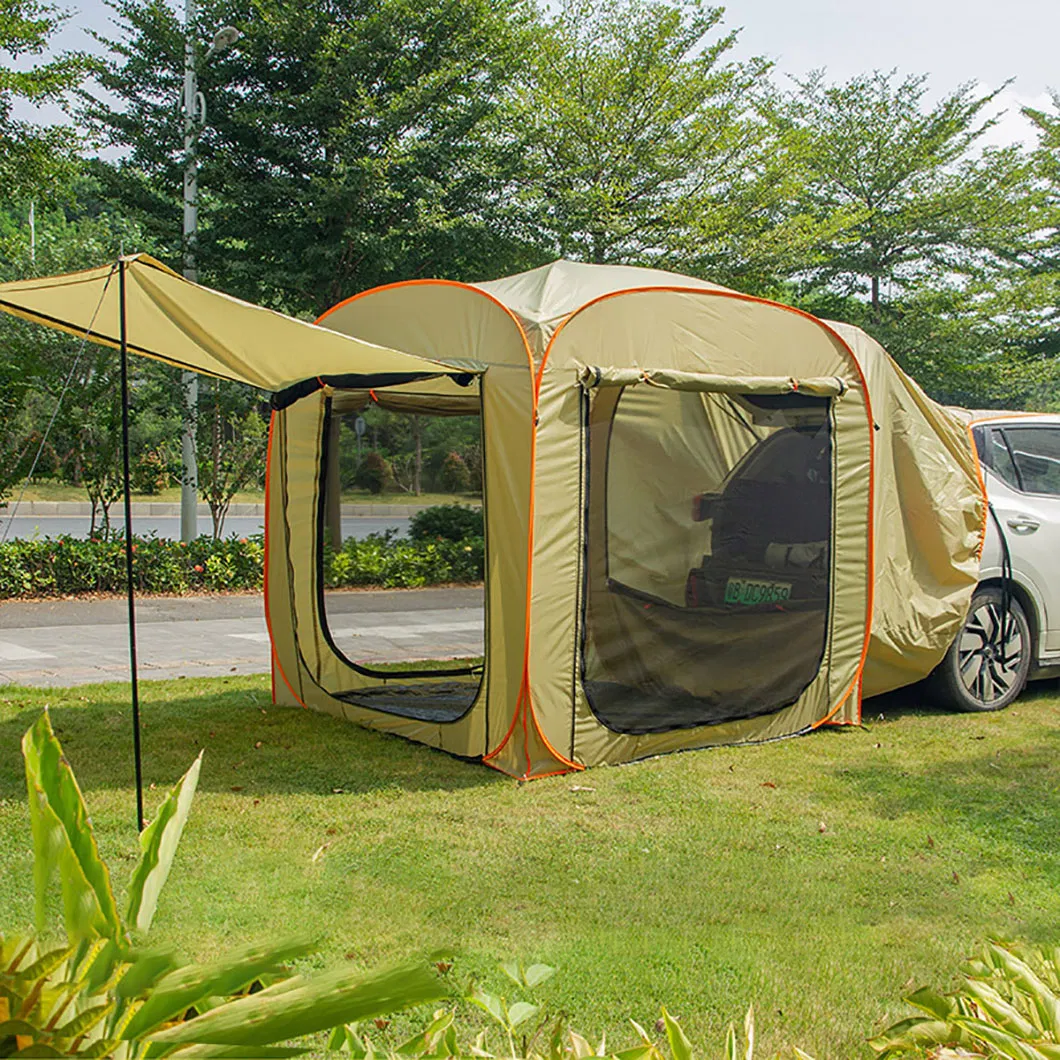
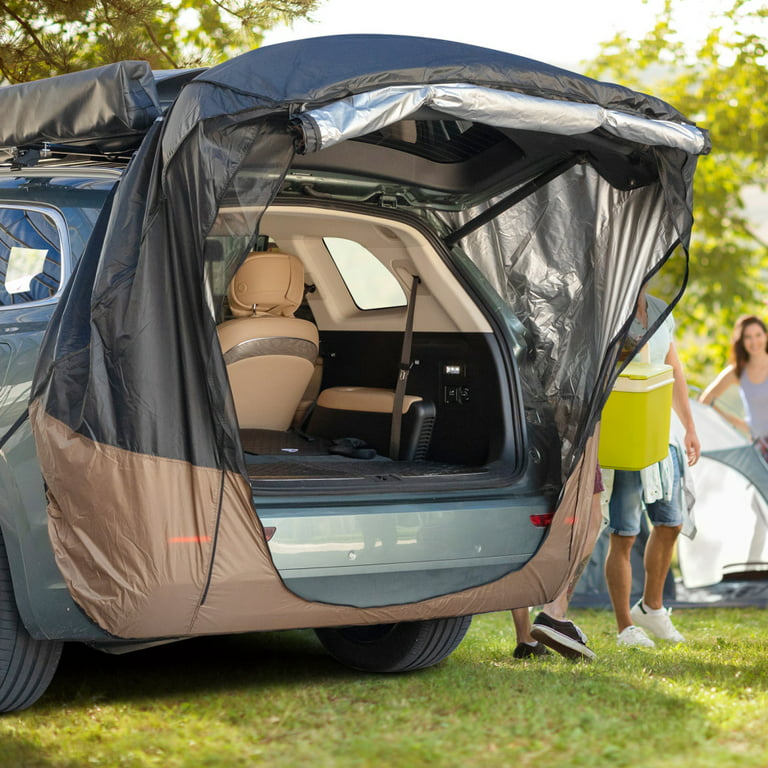


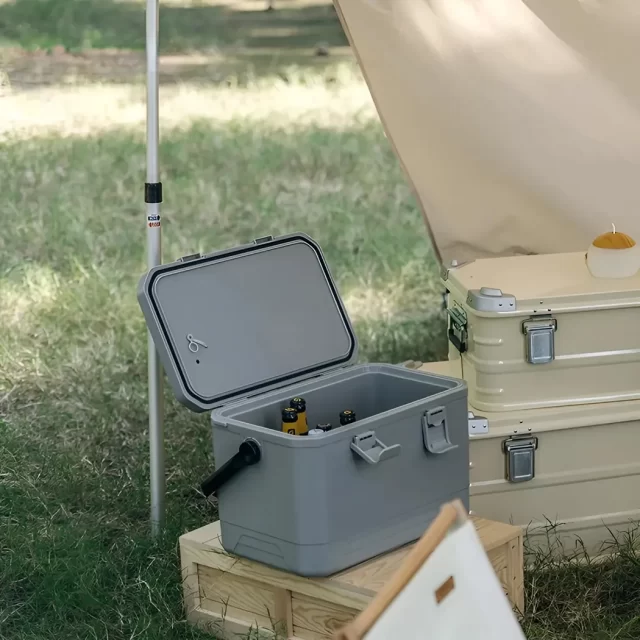



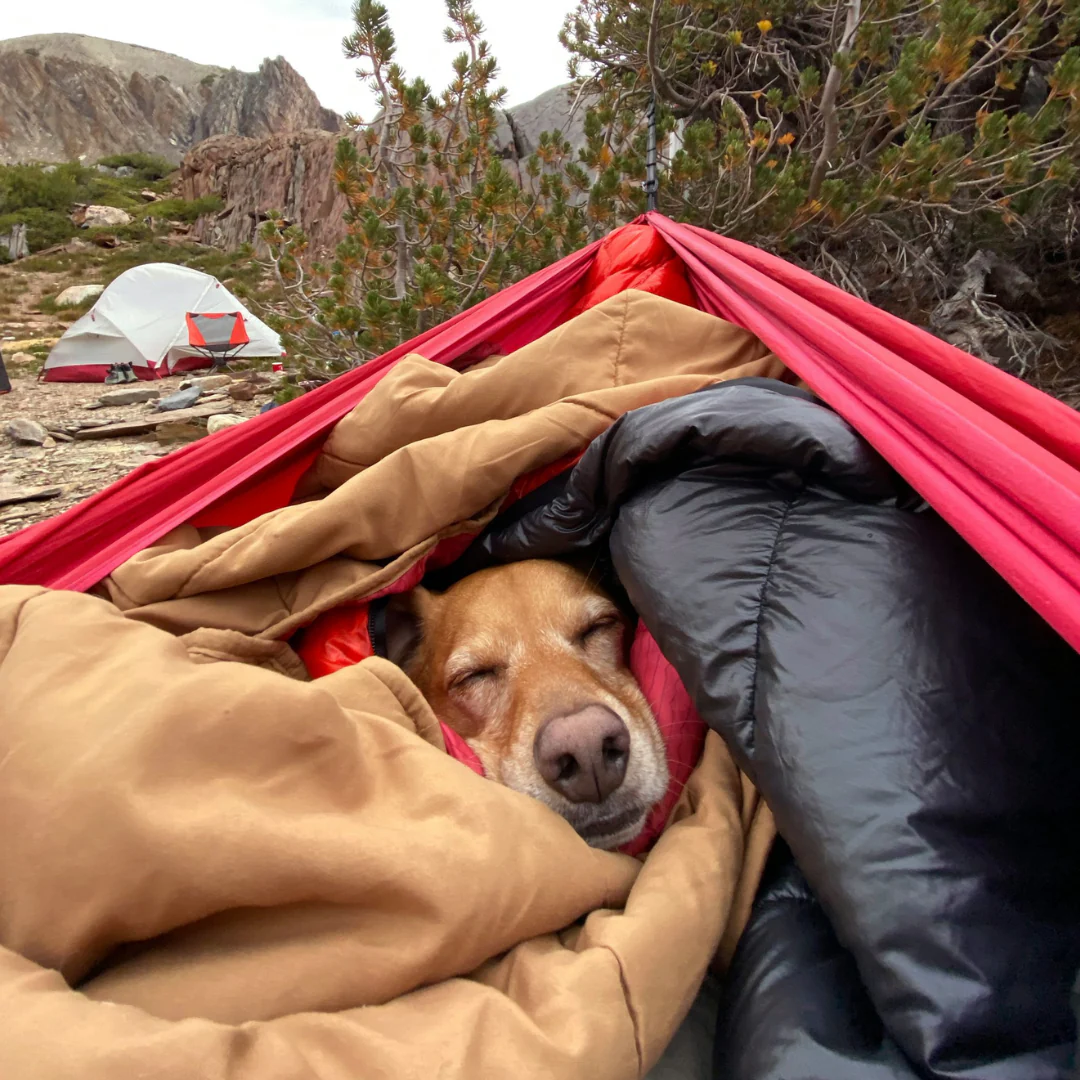



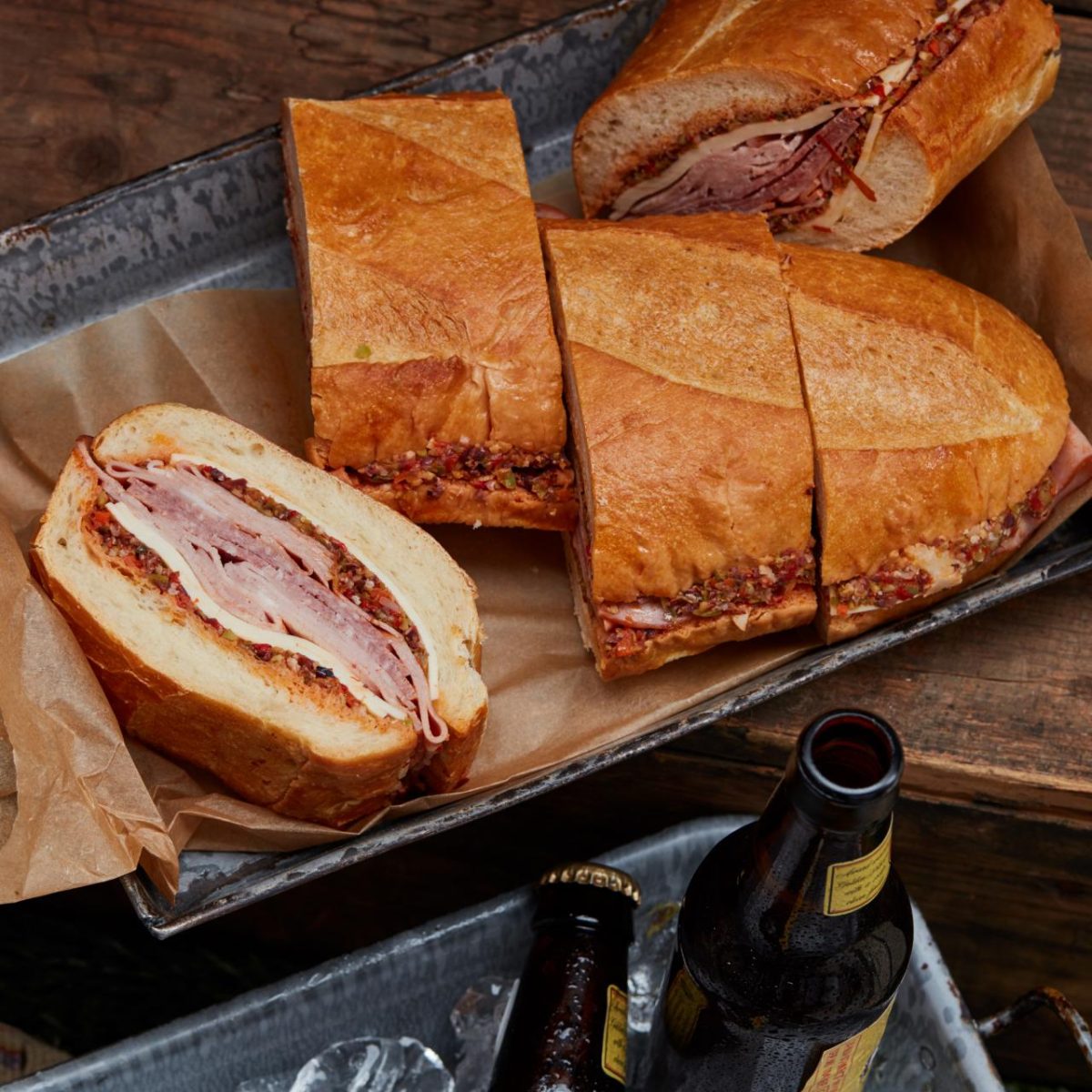


![The 12 Best Camping Stoves [2024] | Take The Truck](https://images.squarespace-cdn.com/content/v1/5bbd67d490f9042649da280e/1721dd60-271f-40af-9c62-cb9ebfba6713/best-camping-stoves.jpg)
